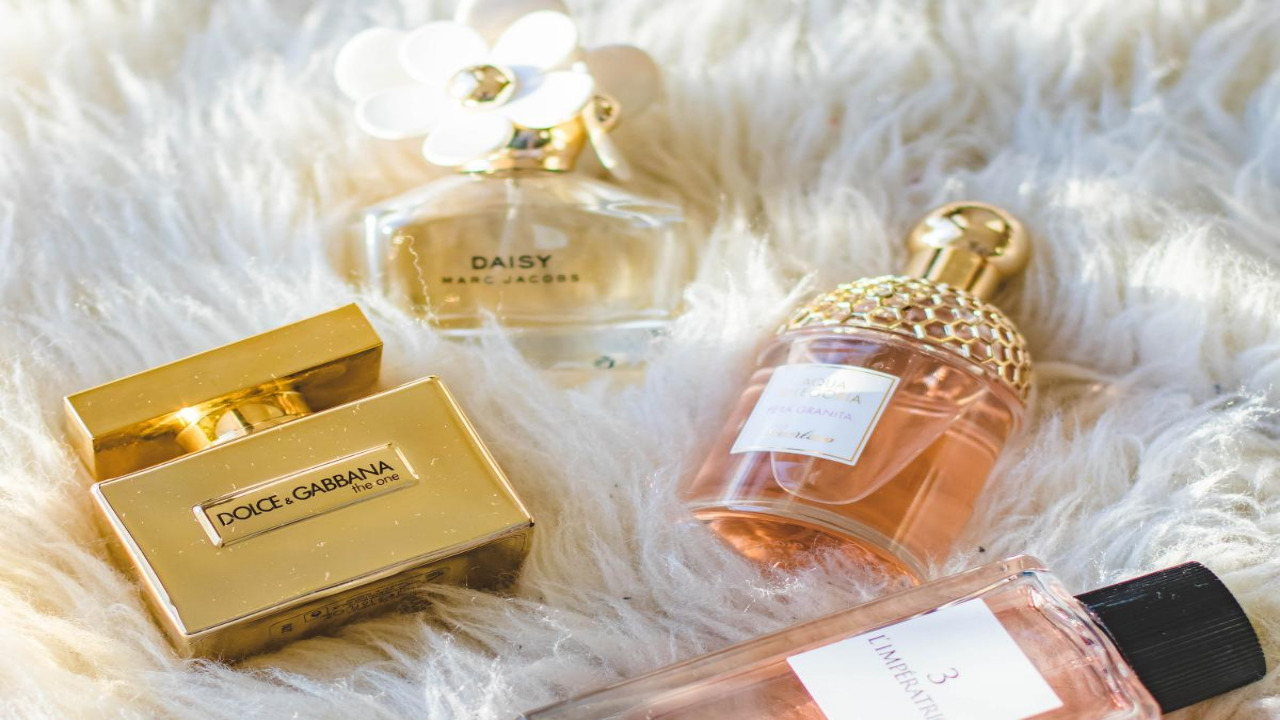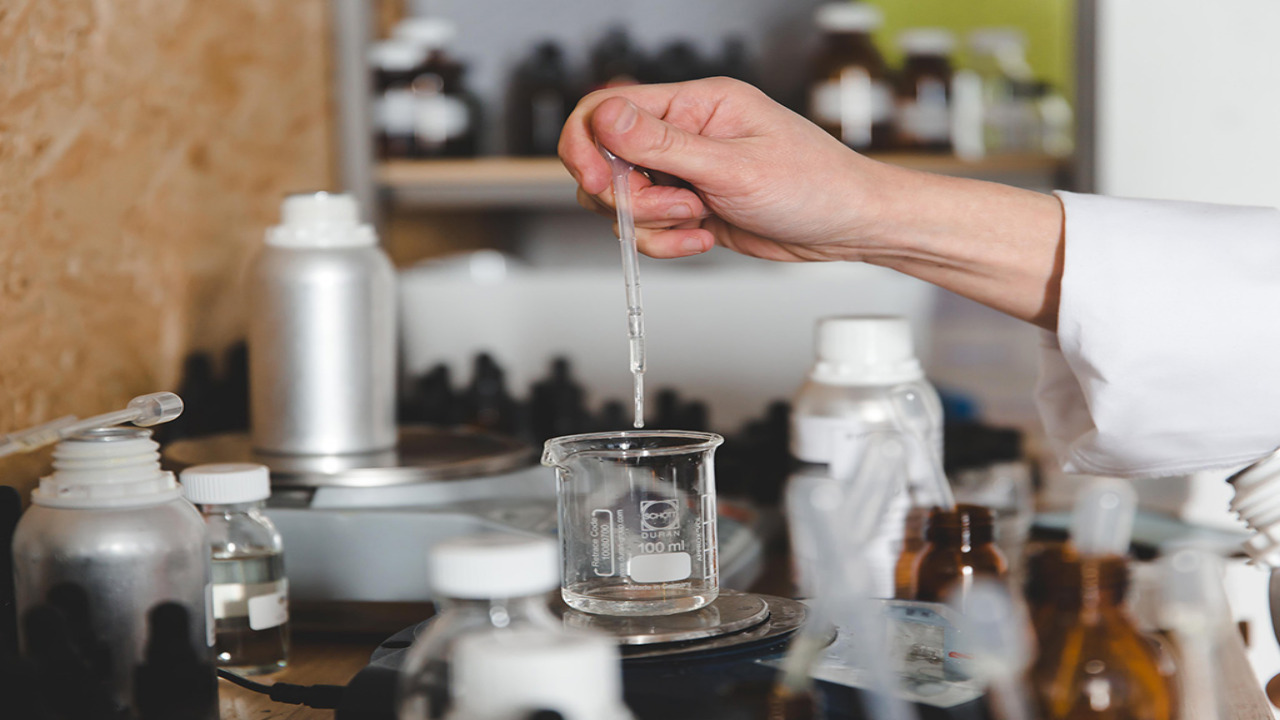A visit to a perfume store usually fascinates and, at the same time, makes you think. The eyes are dazzled by the variety of beautiful bottles. Talking to a consultant and trying a few samples finally allows you to choose a perfume that is worthy of complementing your appearance. However, the story does not end there. Often, there are multiple formulas of the same scent, including deodorants, perfumes, and toilet water. How the scent manifests on the skin, how long-lasting, intense, and complex it is depends on the format used.
Perfumes and Deodorants

Fragrance oils, alcohol, and water are quite similar components in all perfumes. On the label, you can sometimes see auxiliary components such as colorants, antioxidants, evaporation retardants, or alcohol-free deodorants. The ratio of key ingredients in deodorant and perfume determines the type of fragrance.
Which Is More Fragrant

The conventional wisdom is that deodorants only get neutral everyday scents, while niche fragrances have access to complex blends. The scents of antiperspirants can be very short-lived and barely perceptible, as in the case of aloe, bamboo, or cotton scents. The fragrance range of perfumed antiperspirants is comparable to that of high-end perfumes.
How to Build a Simple Fragrance Collection

Each fragrance has its own purpose. Antiperspirants are used exclusively under the arms; they are not sprayed on other parts of the body. These products have a light scent, the ability to keep skin dry and fresh and to protect against sweat odor. In addition, antiperspirants can leave white stains on clothing and skin. Toilet water, colognes, and perfumes give the body and clothing a stronger, more sophisticated scent that enhances the appearance and atmosphere. It is technically possible to use perfume instead of deodorant, but it would be wasteful. In addition, they can irritate the skin because of their high alcohol content.
Using deodorant and perfume at the same time is perfectly reasonable. Fragrances should not “compete” with each other, as this is extremely important. It is preferable to give preference to deodorant with a muted scent. Ideally, its fragrance should echo one of the perfume notes. Using unscented antiperspirants is a good choice. In addition, they are hypoallergenic and suitable for sensitive skin.
How to Use Deodorants Correctly
There are a few things you can do to regulate your sweat odor and stop the spread of bacteria, whether you use deodorant in conjunction with toilet water, perfume, or on its own.
- Apply deodorants only on dehydrated skin and only after showering or bathing.
- Do not use deodorant after waxing. It can lead to inflammation.
- Do not use deodorant every day, and periodically give your skin a rest.
- Wearing synthetic clothing and using deodorants together can cause irritation and discomfort in the armpits.
- Do not combine different smells. In addition to repelling people, it promotes the spread of bacteria.
- Deodorant should be stored at room temperature and according to the manufacturer’s instructions.
For toilet water and perfume, the same recommendations should be followed. Deodorants, toilet water, and perfumes may sound the same and emit a pleasant smell, but they can also scare people away. This should always be kept in mind.
